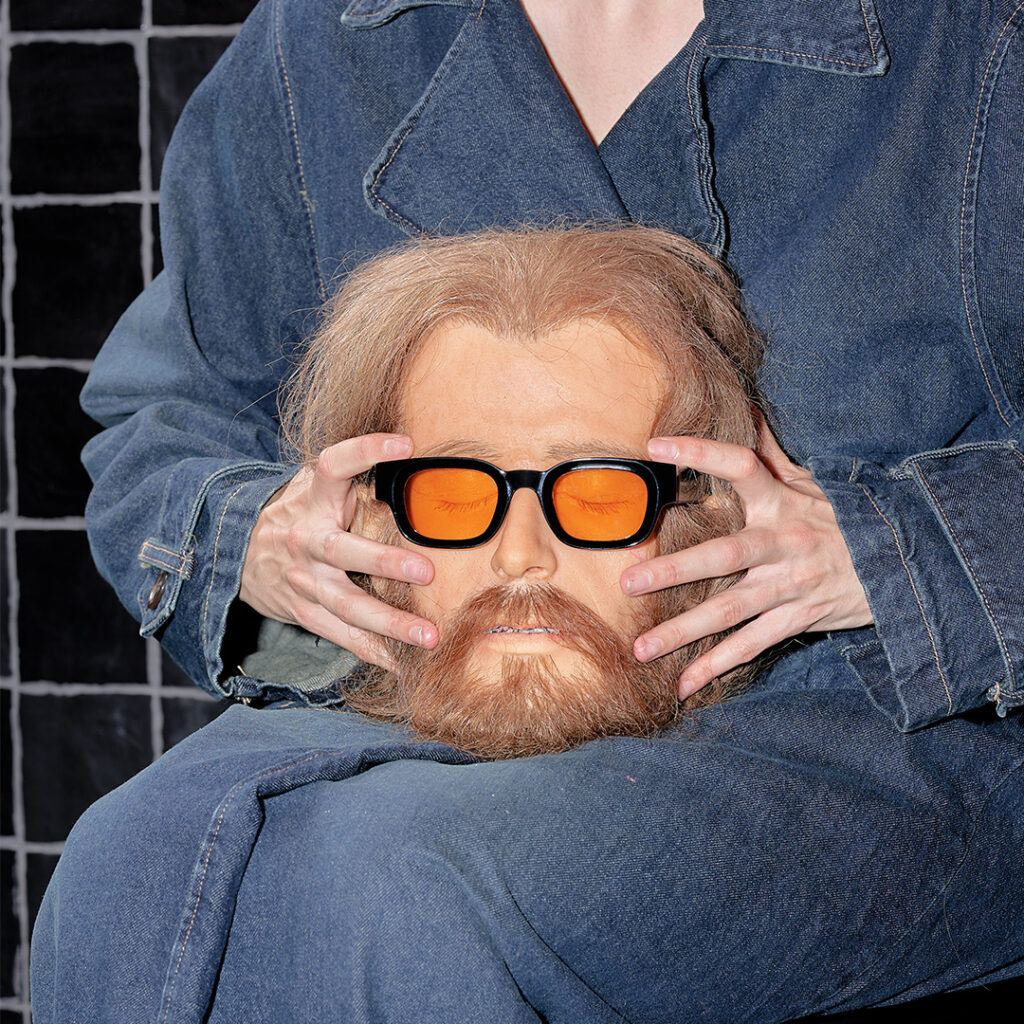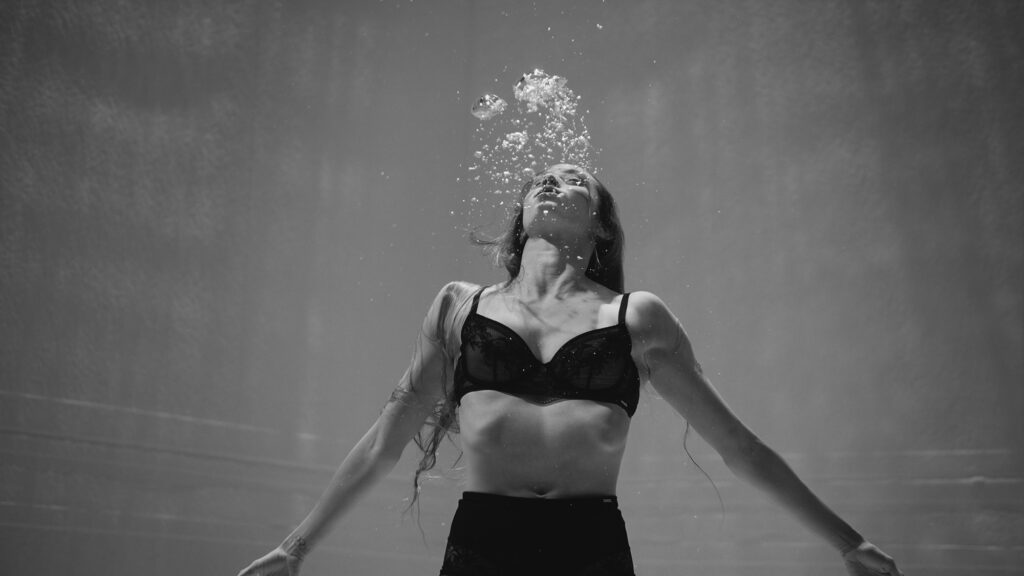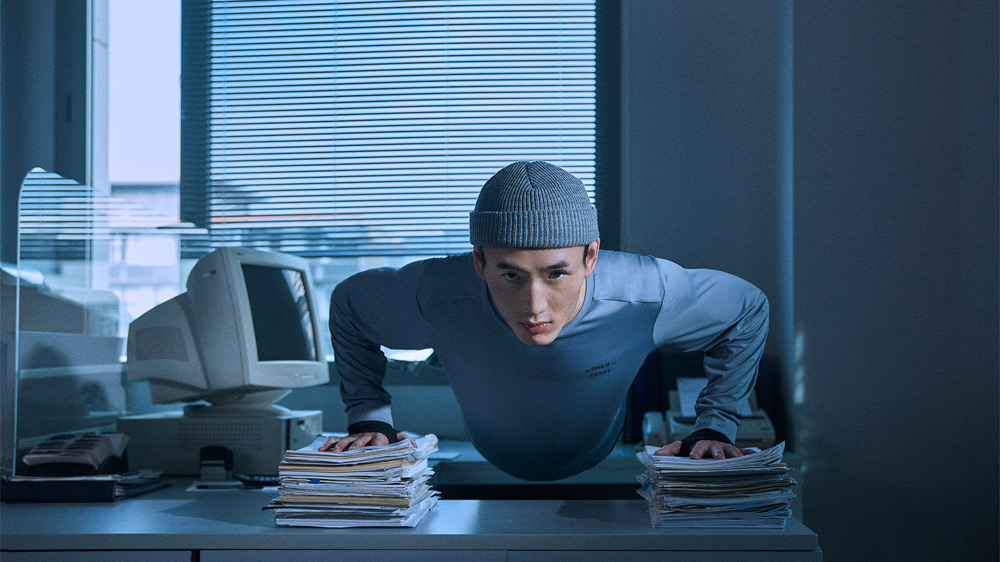It’s been a while, but the time for a new TNC Talk has arrived. The increasing presence of AI in our daily lives hasn’t gone unnoticed. We’ve all heard about AI being touted as one of the greatest threats to human creativity. But what’s the actual perspective of industry experts on this matter?
Today, we’re privileged to engage in conversation with three distinguished experts, each excelling in their respective fields. Joining us are Bonny Carrera, ArtiMecAI, and Alya Rahmoun.
To kick things off, could each of you briefly introduce yourselves for those who might not be familiar with you or your work?
Bonny: Hey there, I’m Bonny, a digital artist based in Berlin. My fascination with 3D design led me to pursue it with serious dedication and a touch of YouTube magic. My passion lies in creating distinctive illustrations filled with spirit. Bringing ideas to life and witnessing the excitement of my clients—that’s what truly fulfills me in my work.
ArtiMecAI: So, I’m a multidisciplinary artist who fell in love with tech and creativity at the age of 7, tinkering with software like LOGO. This lifelong fascination led me to 3D rendering and digital art, initially pursued as a hobby due to college commitments. Despite pursuing a career in finance, I’ve come full circle back to my artistic passions. Image Generation tech, particularly the Midjourney Generative Art tool, has provided me with a means to elevate my hobby and share my creative vision widely. It has driven me to explore new mediums, creating unique, boundary-breaking art beyond what I’ve done before.
Alya: I’m Alya, a design architect merging my expertise in BIM with a passion for AI in architecture. My academic journey from Damascus to Ankara shaped my POV, and exploring AI’s potential since 2022 has catalyzed my drive for architectural innovation. I would describe my focus as: creating sustainable, efficient housing post-crisis using AI while encouraging fellow architects to embrace technology for continuously pushing design limits.

It’s great to have you here. Let’s jump right into the first question: While we can learn a lot through online resources, how crucial is having a background in a creative field, like photography, to master design tools such as Midjourney?
Bonny: There’s a definite advantage to having a background in a visual medium like photography or 3D illustration. These fields equip you with a rich vocabulary to describe intricate visual elements. Midjourney, for instance, comprehends various lighting concepts—like rim light, volumetric lighting, or subsurface scattering. To effectively use these features, knowing the specific terminology expedites the process.
ArtiMecAI: I agree, having a creative background isn’t mandatory, but it’s undeniably beneficial. Tools like Midjourney allow users to create compelling compositions regardless of their experience level. However, understanding the fundamentals of art through a creative background offers a nuanced understanding. It’s like having a solid foundation upon which you can build with these innovative tools.
Alya: Absolutely, these tools thrive on the inputs they receive. Our creative backgrounds play a crucial role in providing those inputs. It’s about translating our imaginative concepts into prompts that the AI can interpret accurately. By merging our creative vision with the technical know-how, we guide the AI toward producing exactly what we want.
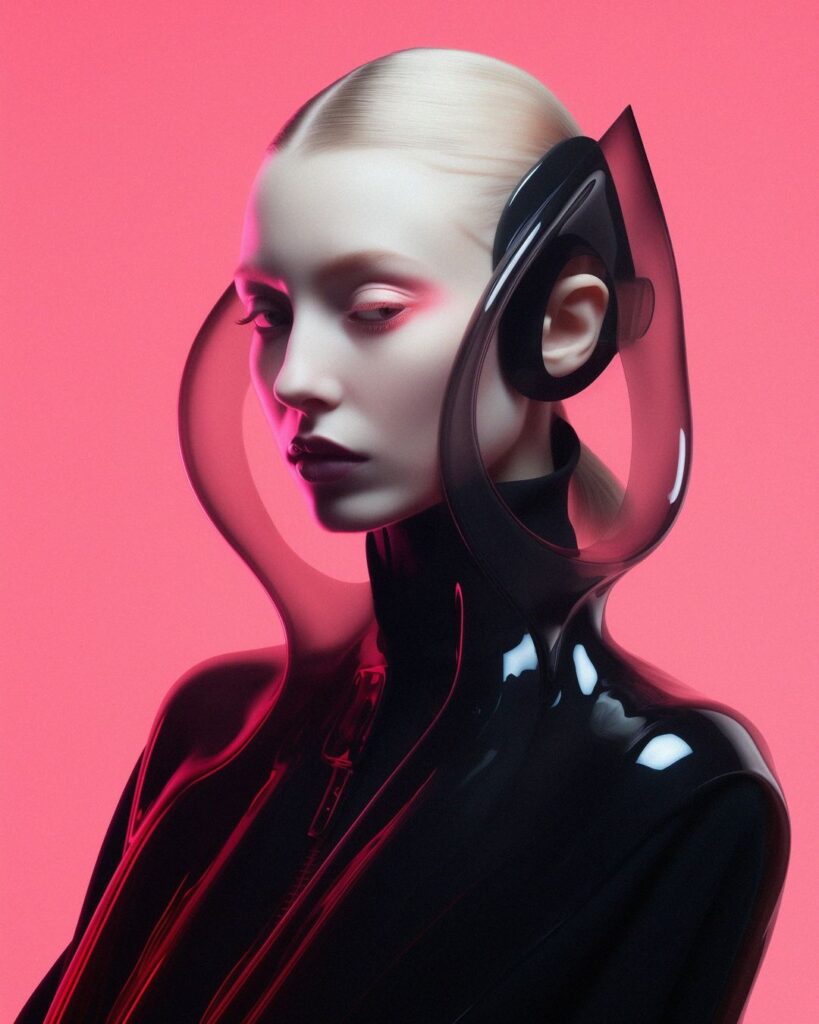
Then I’m curious about your perspective on how we can use AI-generated design in real life. How do you foresee the future of bringing AI-generated designs to life, considering the boundless creative possibilities of AI design, along with the technical challenges and potential limitations in turning these into real-world creations?
ArtiMecAI: The future of AI in design is incredibly exciting. Picture a world where AI-generated designs seamlessly integrate into our daily lives, from fashion to architecture. The challenge lies in materializing these virtual creations into physical forms. But advancements in technologies like 3D printing and material sciences are rapidly closing this gap.
Alya: For sure. When I see the AI-aided creations by artists and designers, I envision a utopian world, one we’ve never seen before. AI has shattered the boundaries and rules of design, allowing for this fantastic new realm. It might seem like a fantasy now, but AI is fundamentally reshaping definitions in the creative field. There’s no denying that AI will continue to play a pivotal role in bringing more of these AI-aided designs to life as technology advances.
Bonny: I’m hopeful about the future. Especially with technology developing so quickly, it’s hard to make concrete predictions. I’m certain that even more creative people will leverage AI tools to their fullest potential. In most areas, I see artificial intelligence as a useful addition to the work still being done by real people.
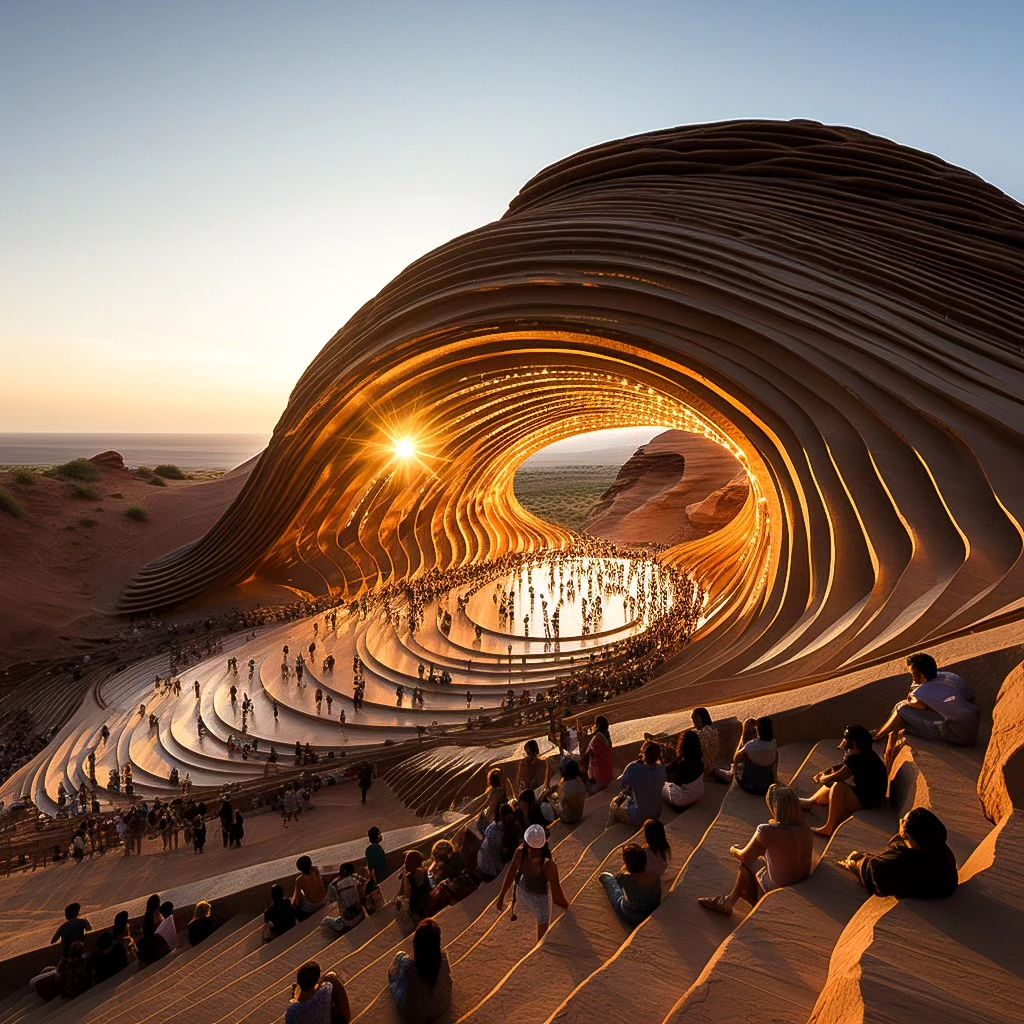
Since we’re already discussing the future, I’m curious: AI and design tools are constantly evolving. How do you and your peers stay up-to-date with the latest advancements in AI and technology, and how do you envision AI impacting your field in the next 5 to 10 years? Lastly, what’s your opinion on ‘traditional design’?
Alya: AI design tools are evolving at an incredible pace. Keeping up with the latest updates is a daily task. The excitement lies in wondering where these tools will take us. In the future, I see our workflow consisting mainly of AI design tools. It’s almost there already. We might not even need to write prompts—just visualize, and AI will take care of the rest. This will change how we perceive our world. Imagine buildings designed and built by machines! The world around us will transform in ways we’ve never seen before.
Bonny: In my case, it’s a constant exploration of new program versions and features, particularly in Cinema 4D. The advancements there have significantly improved the quality and quantity of my artworks for brand projects.
ArtiMecAI: Staying updated involves continuous learning and community engagement for me. Webinars, following industry leaders, and experimenting with new tools keep me on track. As for traditional design, it’s truly unique and special, and I firmly believe it’s here to stay. In the next 5-10 years, I see AI deeply integrating with traditional methods, enhancing human creativity rather than replacing it.
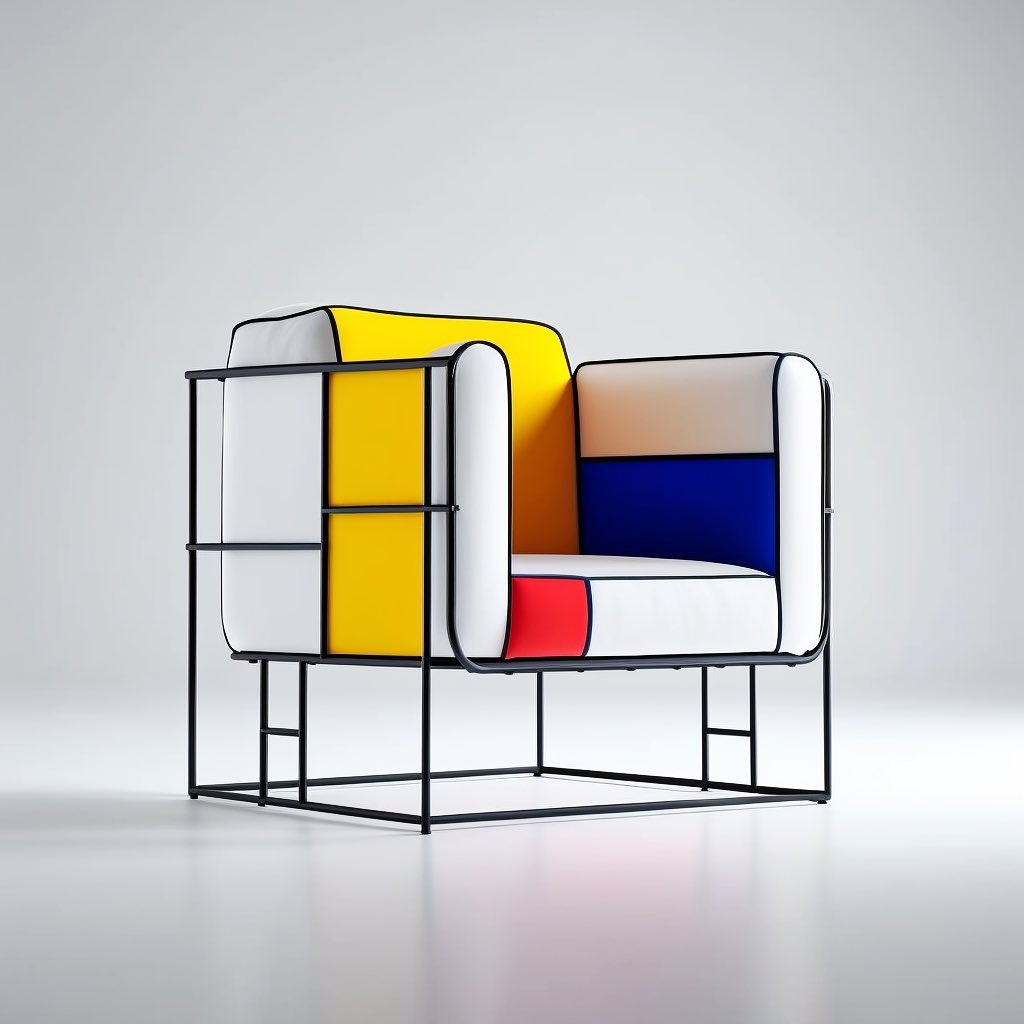
How do you think AI will influence the creative process specifically?
Alya: AI is becoming an indispensable partner in our creative process. It’s like having an assistant that suggests possibilities we might not have considered, expanding our horizons.
ArtiMecAI: I see it as a tool that complements and augments our creativity. It frees us from mundane tasks, allowing us to focus on the more intricate and imaginative aspects of design.
AI is often seen as a tool that complements human creativity. Can you share an example from your field where AI has enhanced your design process, and how do you strike the right balance between human creativity and AI assistance to create truly innovative designs?
Bonny: I’ve experienced firsthand how AI can spark creative ideas. For instance, there was this time when I was working on colorful vases, and one of the models resembled an urn. That inspired me to create an entire collection of whimsical circus urns. It was an idea I wouldn’t have stumbled upon alone, yet the AI couldn’t have executed it without my initial input.
ArtiMecAI: In a recent project, AI played a crucial role in rapid prototyping. It allowed us to swiftly visualize and refine our ideas, accelerating the design process. For me, striking the balance between human creativity and AI involvement is about collaboration. AI serves as a collaborative partner, amplifying our capabilities and offering fresh perspectives that enhance our design journey.
Alya: AI-driven design tools have been instrumental in expanding our creative horizons. At our firm, we utilize these tools during the concept generation stage. They enable us to explore beyond the confines of traditional design, uncovering scenarios and possibilities that might have been overlooked otherwise. These tools have also revolutionized our visualization process, allowing us to experiment with various materials and facade scenarios to bring our designs to life.
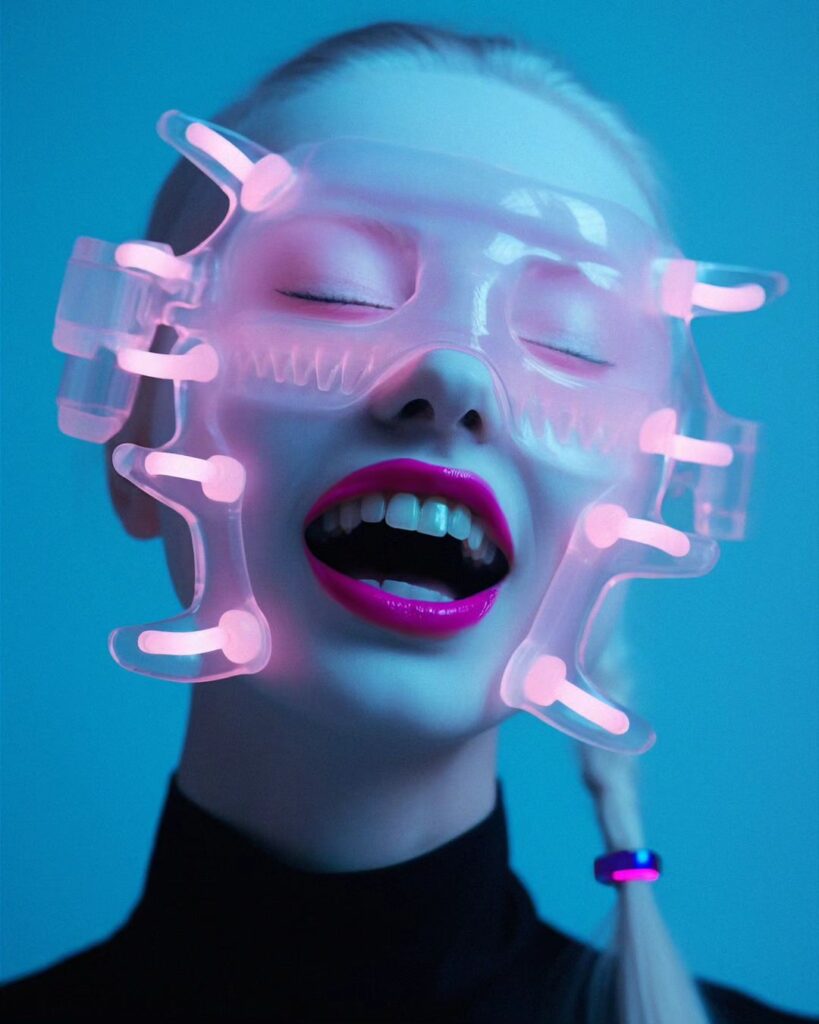
How do you collaborate across disciplines to bridge the gap between AI-driven design and practical implementation? Any successful cross-disciplinary projects you’ve worked on?
Alya: AI tools are making strides in the AEC industry. I’ve been part of a project creating an AI-designed floral chair. It’s been a challenge; AI generates stunning visuals, but translating that into reality involves extensive material research and testing. My colleague and I are in the midst of this exciting process.
ArtiMecAI: While I can’t reveal specific projects, I’m actively engaged in AI collaborations. AI is a tool like any other. Collaboration fundamentals remain key, ensuring a shared vision and seamless integration of diverse disciplines.
Bonny: Personally, I can’t give you an example of interdisciplinary projects. I haven’t worked with experts from other fields yet.
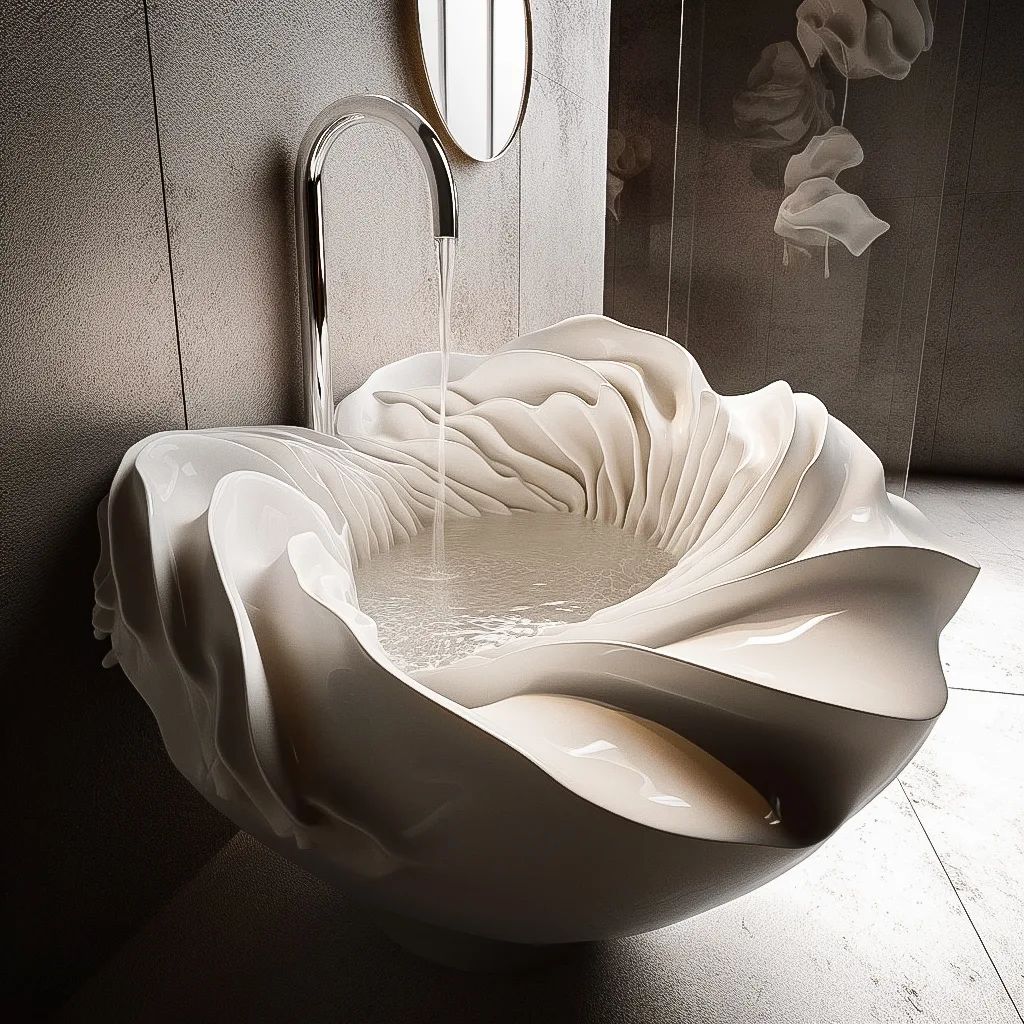
It is clear that the masses are increasingly gaining a better understanding of what the vast world of AI has to offer us. How do you view the attention from the media or perhaps the attention you receive from your surroundings?
ArtiMecAI: I see the growing interest in AI as a positive sign. Media attention plays a crucial role in demystifying AI, making it more approachable and understood. It’s like how other creative fields like photography or digital design faced initial resistance—it’s understandable when embracing new concepts can be daunting.
Bonny: Absolutely. I believe it’s fantastic that more people are becoming interested in AI tools. The faster awareness spreads about how machine learning is integrating into various aspects of our lives, the more we can collectively benefit from its advantages. That’s why I’m enthusiastic about sharing my experiences, both here in this interview and through the knowledge I impart in my online course on Prompt Design.
ArtiMecAI: In addition, I appreciate the increased curiosity from my peers and the public. It opens up more dialogues about the potential and ethics of AI, similar to discussions that emerged around other creative fields like graffiti. Embracing innovation often comes with resistance, but it’s a necessary part of progress.
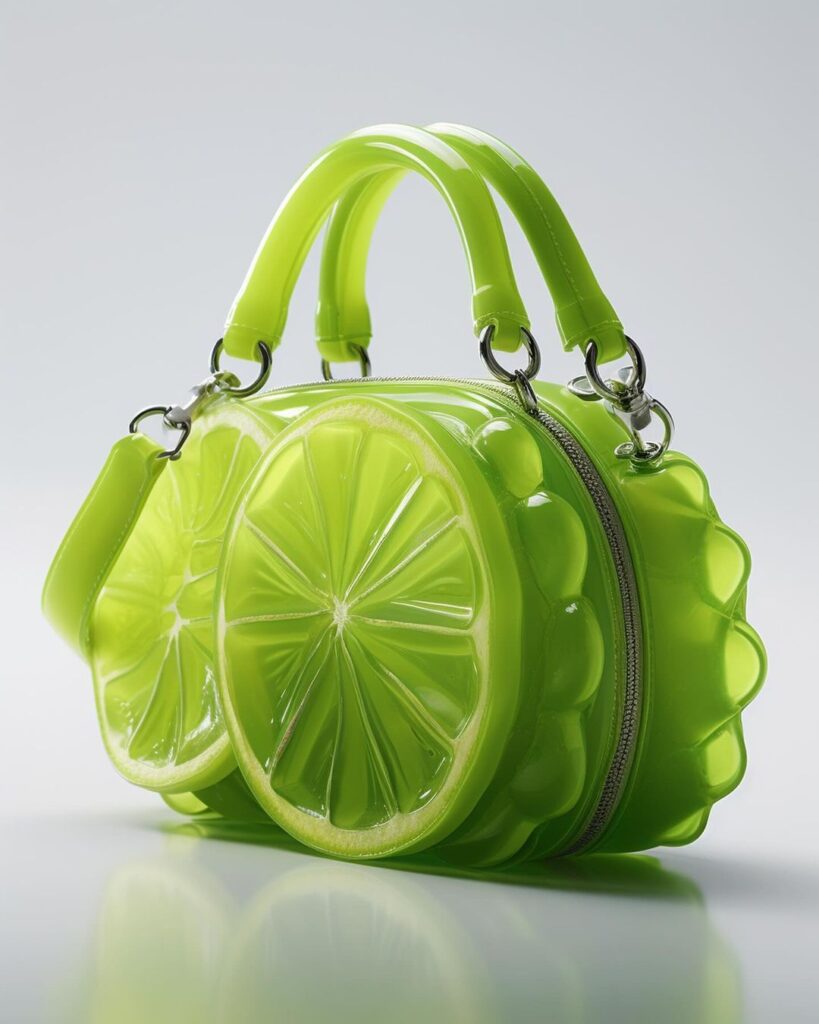
Lastly, is there a piece of advice you would like to share?
ArtiMecAI: I’d say, embrace curiosity and keep learning. In fields like AI and design, things are always evolving. Staying up to date and being part of the community is key. Don’t hesitate to experiment and push the limits of what AI can do. That’s where the real innovation happens.
Alya: I believe it’s crucial not to fall behind in adopting AI. It’s not just about a few people using it; it’s becoming an integral part of our present and future. By utilizing AI tools, we maintain control over them. In the creative realm, AI has injected a new level of excitement, leading to discoveries and fresh perspectives. It’s all about embracing the novelty that creativity thrives on.
Bonny: Machine learning creates many images very quickly. This gives you more time for a strong, unique artwork concept. So before you open midjourney: Take your time, a blank page and a sharp pencil for the best idea.
As we end the TNC talk, it is clear if you would ask us: AI is not meant to overshadow human creativity. AI is, without a doubt, one of the greatest advancements for humanity. We are just scratching the surface, but its potential shows us that we can save significant time and energy by utilizing AI as our ultimate assistant. We have learned that curiosity drives growth, and continuous learning keeps us at the forefront.
A big thank you goes out to Bonny Carrera, ArtiMecAI, and Alya Rahmoun for their enlightening insights.










